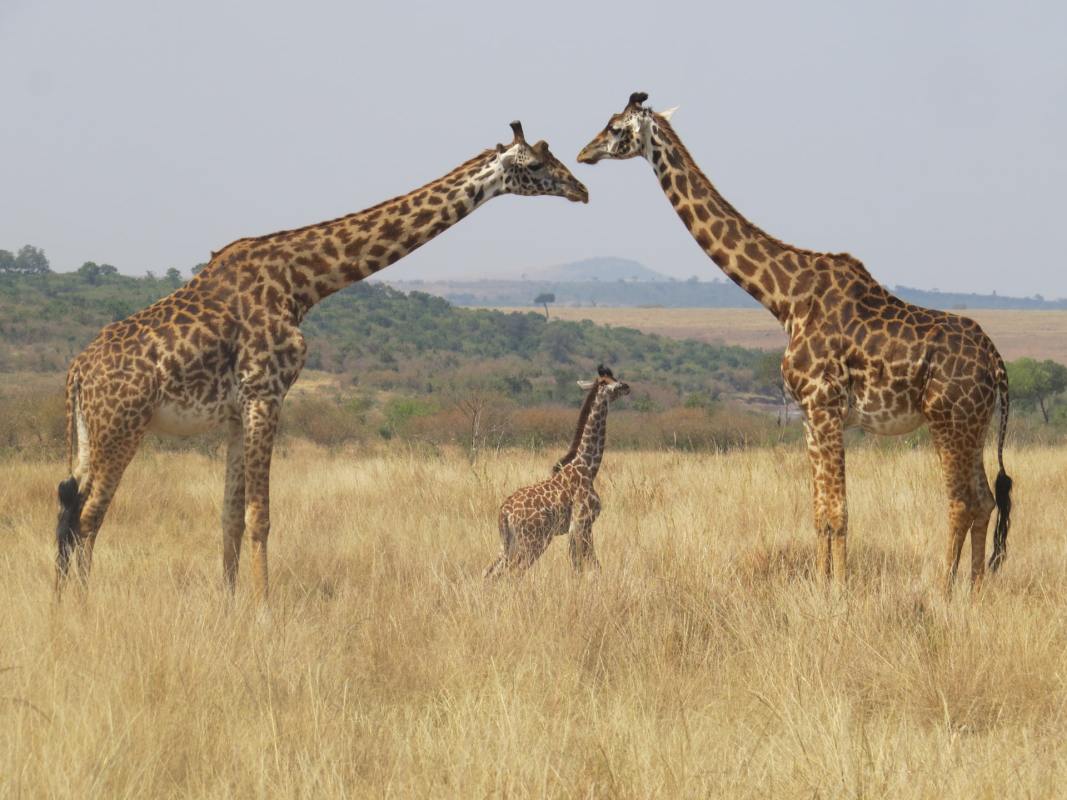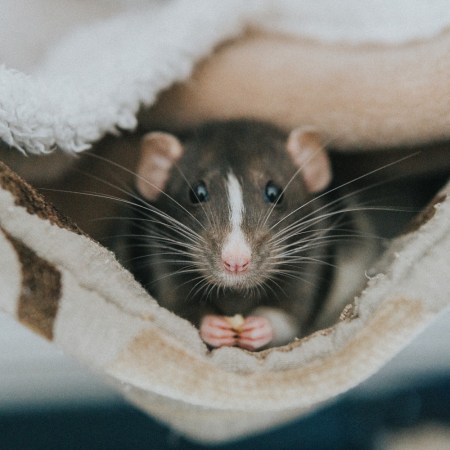What can we learn from the secret lives of giraffes? Comedy videos aside, giraffes have captivated the attention of humans around the world for a host of reasons — their distinctive appearance, which feels somehow unreal, being atop that list. But new evidence indicates that giraffes have more notable qualities than their long necks and unique method of running. They’re also in a rarefied group of creatures that have complex social relationships — not unlike elephants and chimpanzees.
At The New York Times, Cara Giaimo explored the new findings, which were recently published in the journal Mammal Review. The study’s authors, Zoe Muller and Stephen Harris, found that — as they phrased it — “giraffe exhibit many of the features typical of mammals with complex cooperative social systems and matrilineal societies.”
In the article, Giaimo runs down some of these qualities. “Female giraffes are now known to enjoy yearslong bonds,” she writes. “They have lunch buddies, stand guard over dead calves and stay close with their mothers and grandmothers.”
For Muller, the study represents a way to dispel a long-held belief about giraffes: namely, that they lack any kind of social organization. One contributing factor to this has been that, as she and Harris phrase it, “giraffe communication systems are poorly understood.”
The study itself extends to over 400 pages and, as Giaimo writes, it both brings together a lot of existing research and suggests areas where other experts in the field might want to begin delving more deeply. And it beings us one step closer to understanding the everyday lives of giraffes.
Thanks for reading InsideHook. Sign up for our daily newsletter and be in the know.















